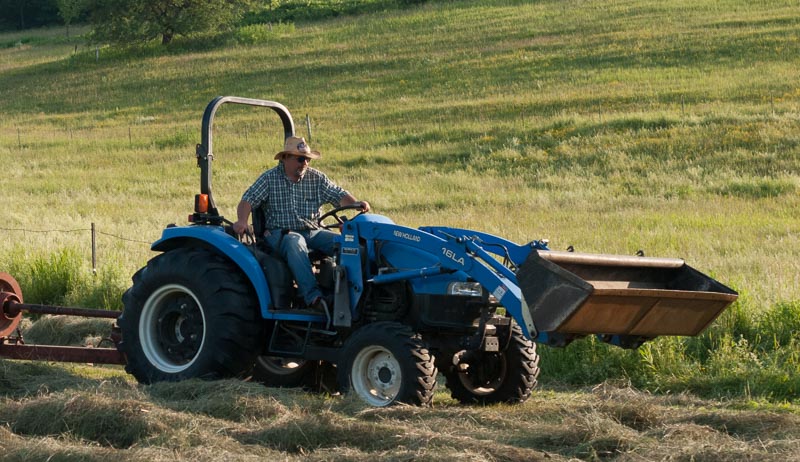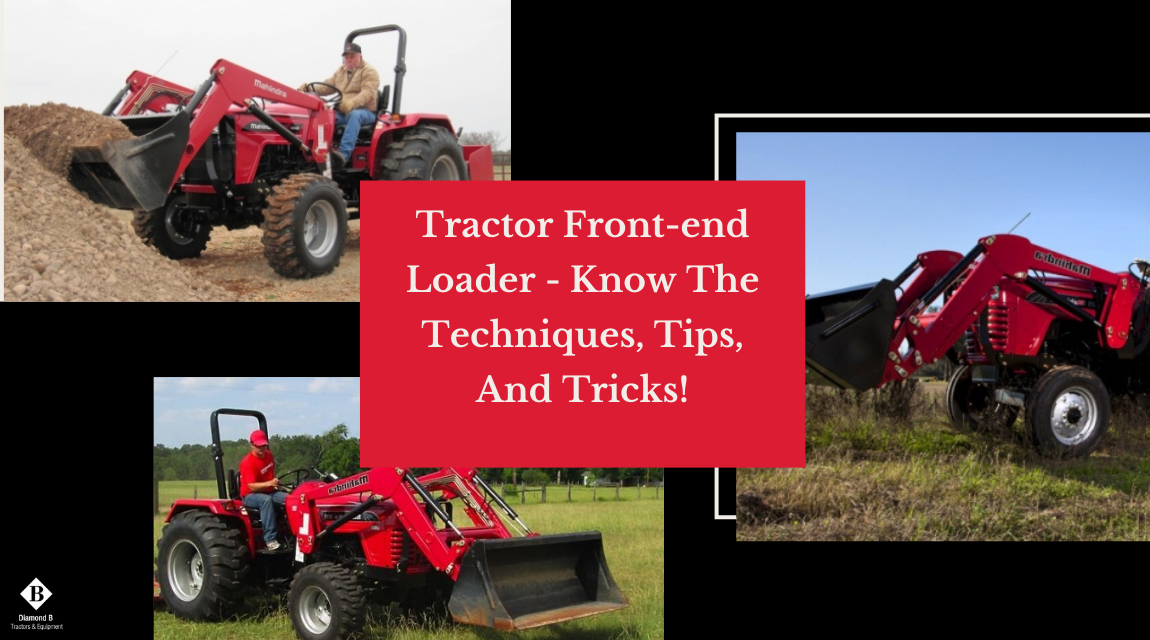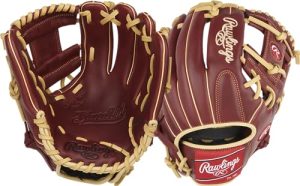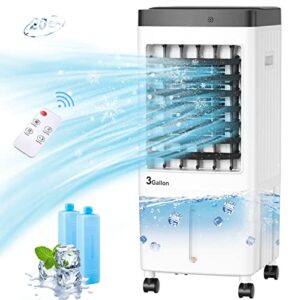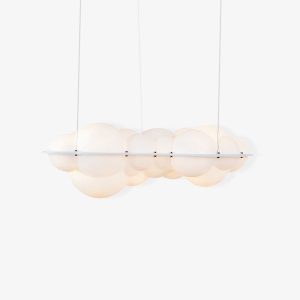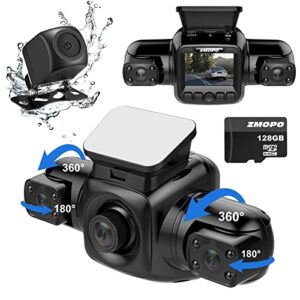Contents
If you own a subcompact tractor and are in need of a front end loader, you may find yourself overwhelmed by the various options available in the market. But fear not! In this article, you will discover valuable insights on how to choose the perfect front end loader for your subcompact tractor. From understanding the different loader types to considering your specific needs and budget, we will guide you through the decision-making process, ensuring that you make an informed choice that meets all your requirements. So, let’s get started and find the ideal front end loader for your subcompact tractor!
Choosing the Right Front End Loader for Your Subcompact Tractor
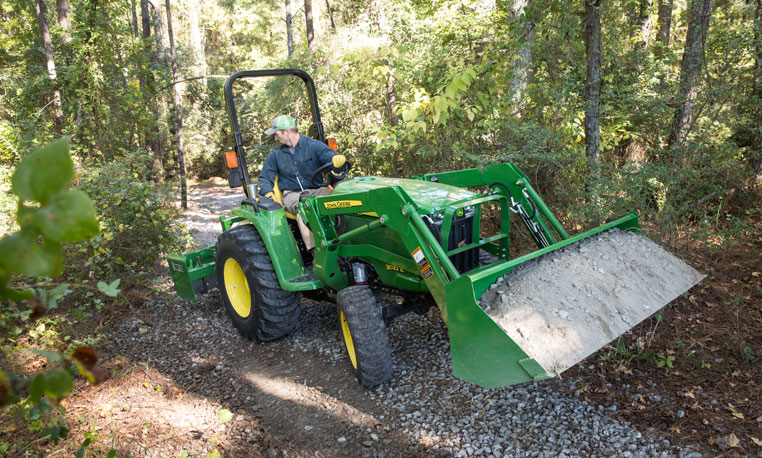
Factors to Consider
Size and Compatibility
When choosing a front end loader for your subcompact tractor, one of the most important factors to consider is the size and compatibility of the loader. You need to ensure that the loader is the right size for your tractor, both in terms of its physical dimensions and its weight capacity. It is essential to check the specifications provided by the manufacturer to ensure a proper fit and compatibility.
Lift Capacity
Another crucial factor to consider is the lift capacity of the front end loader. You will want to determine the maximum weight that the loader is capable of lifting. This will depend on the specific model and design of the loader. Consider the types of tasks you will be performing with the loader and choose one with a lift capacity that can handle your intended workload.
Attachment Options
The versatility of a front end loader largely depends on the attachment options it offers. Consider the types of attachments you may need in the future, such as buckets, forks, or grapples, and ensure that the loader you choose has the necessary attachment options available. This will allow you to efficiently perform various tasks and expand the functionality of your subcompact tractor.
Types of Front End Loaders
Fixed Loader
A fixed loader is permanently attached to the front of your subcompact tractor. It provides a reliable and straightforward solution for lifting and carrying tasks. This type of loader is ideal if you will be using the loader frequently and do not require the ability to remove it easily.
Removable Loader
Unlike a fixed loader, a removable loader can be detached from the tractor when not needed. This allows for greater flexibility, as you can easily switch between using the loader and other attachments for different tasks. If you have limited space or need to use your tractor for various purposes, a removable loader may be the best option for you.
Self-Leveling Loader
A self-leveling loader is designed to maintain a consistent bucket angle and keep the load level as you raise or lower it. This feature can greatly improve efficiency and reduce the risk of spillage when transporting loose materials. If you frequently work with materials that require precise leveling, a self-leveling loader is worth considering.
Lift Height and Reach
Maximum Lift Height
The maximum lift height of a front end loader refers to the highest point it can raise a load off the ground. This height determines the versatility and range of tasks the loader can handle. Consider the maximum lift height in relation to the specific tasks you need to perform. If you frequently need to load materials into high trucks or bins, a loader with a greater lift height will be beneficial.
Forward Reach
Forward reach refers to how far the loader’s bucket can extend forward. This measurement is important for tasks that require reaching over obstacles or loading materials into trucks or containers. Be sure to evaluate the forward reach of a front end loader and compare it to your specific needs to ensure it can adequately handle your anticipated tasks.
Hydraulic System
Hydraulic Power
A front end loader’s hydraulic system is what enables it to perform lifting and tilting actions. The hydraulic power of a loader determines its lifting capacity and overall performance. Consider the hydraulic power of a loader in terms of its maximum operating pressure and flow rate, as these factors directly impact its capabilities. Opt for a loader with sufficient hydraulic power to handle the tasks you have in mind.
Controls
The controls of a front end loader should be user-friendly and intuitive to operate. You will want to ensure that the control layout is ergonomically designed and that the controls are easy to reach and manipulate. Test the controls before purchasing a loader to ensure they feel comfortable and responsive to your inputs.
Auxiliary Hydraulics
Some front end loaders offer auxiliary hydraulic ports, which provide additional hydraulic power for operating various attachments. If you plan to use attachments that require hydraulic power, such as a grapple or hydraulic auger, consider a loader with auxiliary hydraulics to accommodate these attachments.
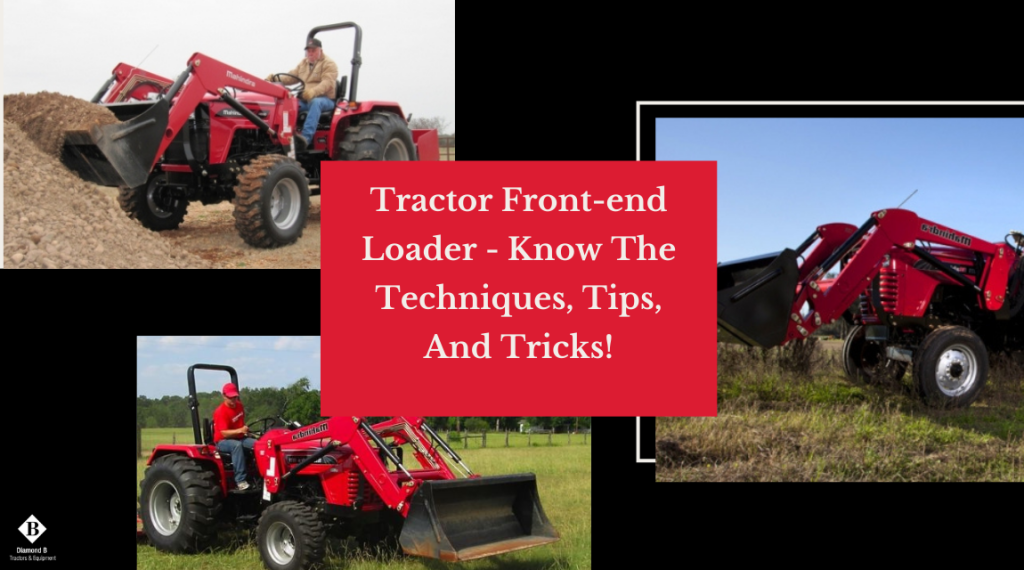
Loader Frame
Construction
The construction of the loader frame is a vital consideration for durability and reliability. Look for loaders that are constructed with sturdy materials such as steel or heavy-duty aluminum. These materials ensure that the loader is capable of withstanding heavy loads and demanding tasks.
Durability
Durability is a crucial factor to consider, especially if you plan to use your front end loader frequently or for heavy-duty tasks. Choose a loader that has a reputation for being durable and long-lasting to avoid the inconvenience and expense of frequent repairs or replacements.
Ease of Installation
Installing a front end loader on your subcompact tractor should be a straightforward process. Look for loaders that have a user-friendly installation system and clear instructions. This will save you time and frustration when attaching or detaching the loader from your tractor.
Bucket Size and Design
Bucket Width
The width of the bucket is an important consideration, as it determines the amount of material the loader can carry in a single scoop. Consider the width of the bucket in relation to the tasks you will be performing. A wider bucket may be more efficient for large-scale loading, while a narrower bucket may be suitable for tighter spaces or precision work.
Bucket Capacity
The bucket capacity refers to the volume of material the bucket can hold. It is typically measured in cubic feet or cubic meters. Evaluate the bucket capacity based on the volume of material you will be handling on a regular basis to ensure it meets your requirements and minimizes the number of trips needed to complete a task.
Bucket Options
Some front end loaders come with various bucket options, such as different shapes or specialized designs. Consider the specific tasks you will be performing and whether a particular bucket option would enhance your productivity. For example, a bucket with a grapple feature could be useful for handling bulkier materials or logs.
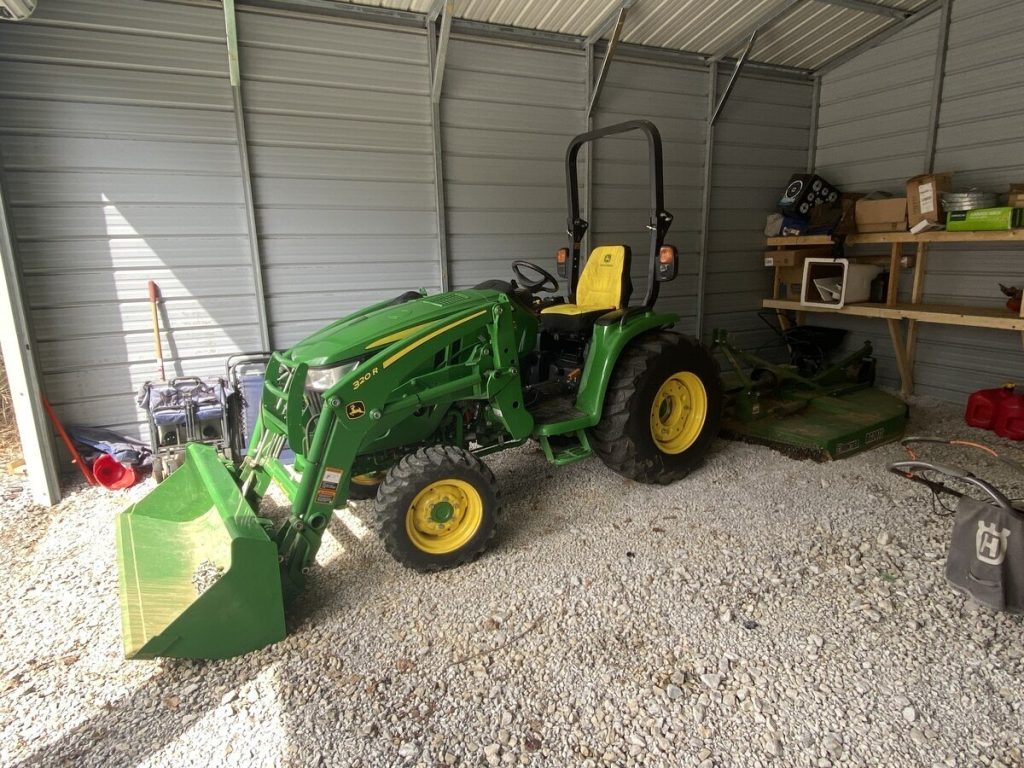
Visibility and Maneuverability
Visibility from Operator Seat
Having good visibility from the operator seat is essential for safe and efficient operation. Look for front end loaders that provide a clear line of sight without obstruction. Features such as a curved loader arm design or slim profile can improve visibility and reduce the risk of accidents or damage to property.
Loader Mounting System
The loader mounting system refers to how the loader attaches to the tractor’s front end. It is crucial to choose a mounting system that offers optimal visibility and maneuverability. Some loaders have a low-profile mounting system that allows for a better view of the front tires and ground, increasing confidence and control when operating the loader.
Maintenance and Serviceability
Accessibility for Maintenance
Consider the accessibility of the front end loader for maintenance purposes. Look for loaders that have easily accessible components, such as grease fittings, hydraulic lines, and filters. This will make routine maintenance tasks more convenient and help ensure the longevity of your loader.
Availability of Local Service Support
When purchasing a front end loader, it is essential to consider the availability of local service support. Choose a manufacturer or dealer with a well-established network of service technicians who can provide timely assistance and support if any issues arise. Having reliable local service support can greatly reduce downtime and potential inconveniences.

Budget and Cost Considerations
Purchase Price
The purchase price of a front end loader is an important factor to consider in your decision-making process. Set a budget and compare the prices of different loaders that meet your requirements. Ensure that the loader you choose offers the necessary features and capabilities without exceeding your budget.
Operating Costs
In addition to the initial purchase price, it is crucial to consider the operating costs of a front end loader. This includes ongoing expenses such as fuel or electricity consumption, maintenance, and potential repairs. Research the expected operating costs of different loaders and weigh them against their anticipated performance and lifespan.
Brand Reputation
Researching Brands
When investing in a front end loader, it is wise to research the reputation of different brands. Look for manufacturers with a history of producing high-quality, reliable loaders. Consider factors such as customer reviews, industry accolades, and overall brand reputation to make an informed decision.
Customer Reviews
Reading customer reviews can provide valuable insights into the experiences of actual users. Look for reviews from individuals who have used the specific loader model you are interested in. Pay attention to any common praises or complaints, as they can help you gauge the loader’s performance and reliability.
Dealer Network
The dealership network associated with a front end loader manufacturer is an important consideration for after-sales support and service. Ensure that the brand you choose has a reputable network of dealerships in your area, as this will make it easier to access parts, service, and any warranty or technical support you may need throughout the lifespan of your loader.
When selecting a front end loader for your subcompact tractor, it is essential to carefully consider factors such as size and compatibility, lift capacity, attachment options, lift height and reach, hydraulic system, loader frame, bucket size and design, visibility and maneuverability, maintenance and serviceability, budget, and brand reputation. By evaluating these factors and comparing different options, you can choose the right front end loader that will enhance your subcompact tractor’s capabilities and meet your specific needs.
